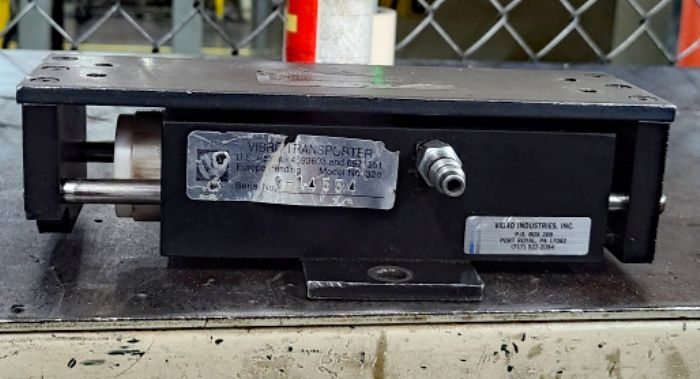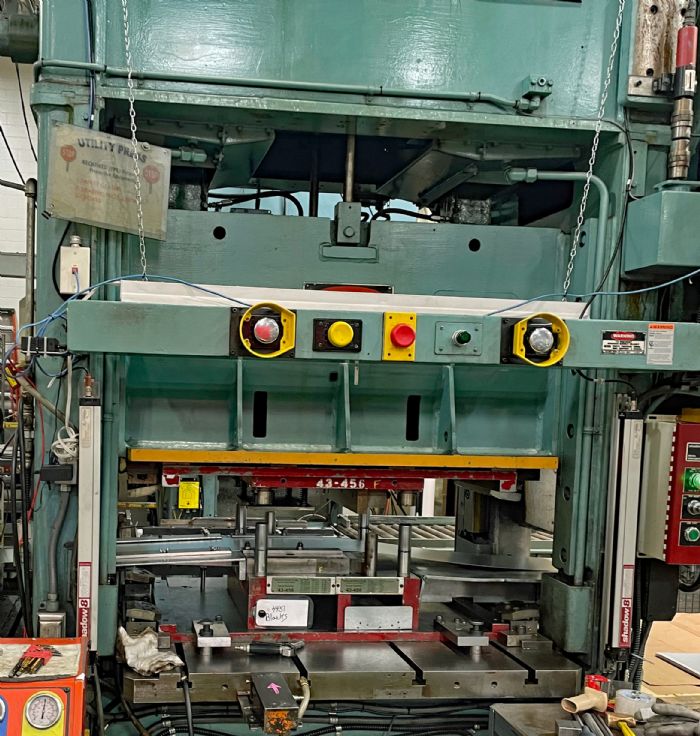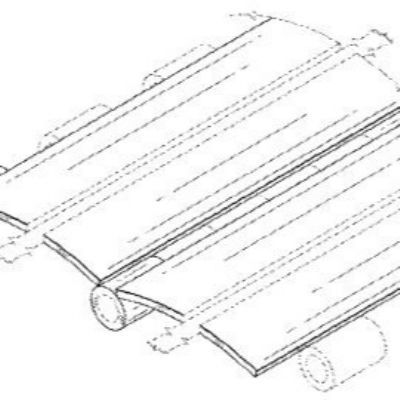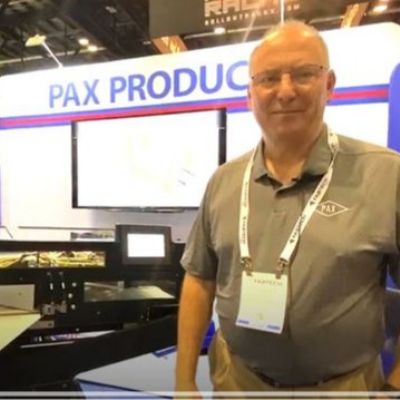Pneumatic Conveyors Serving Two High-Production Presses
July 28, 2021Comments
…at the Morrison Products plant in Canton, GA, perform what’s commonly viewed as a non-value-added function, yet efficient and effective scrap removal represents a vital, constant and costly task faced by plant managers everywhere.
Scrap—unsightly, expensive and often time-consuming to remove —can limit productivity in stamping plants. Solutions often lie in carefully engineered material-handling systems designed to quickly move scrap to a central location and ultimately reduce the number of vehicles and employees needed to move smaller loads of scrap.
 That’s the case at the manufacturing plants of Morrison Products, a producer of air-handling components such as fans, blower wheels, impellers and propellers. While Morrison operates facilities in Cleveland, OH, Canton, GA, Dallas, TX, and Monterrey, Mexico, it’s the Georgia plant we focus on here. That’s where we find veteran maintenance supervisor John Dobson, who speaks volumes about the performance of a pair of scrap-handling systems serving two of the biggest-producing stamping presses working in the plant’s pressroom. The presses in question: 100- and 400-ton Niagara models that run practically nonstop during their production shifts.
That’s the case at the manufacturing plants of Morrison Products, a producer of air-handling components such as fans, blower wheels, impellers and propellers. While Morrison operates facilities in Cleveland, OH, Canton, GA, Dallas, TX, and Monterrey, Mexico, it’s the Georgia plant we focus on here. That’s where we find veteran maintenance supervisor John Dobson, who speaks volumes about the performance of a pair of scrap-handling systems serving two of the biggest-producing stamping presses working in the plant’s pressroom. The presses in question: 100- and 400-ton Niagara models that run practically nonstop during their production shifts.
“The 100-ton utility or general-purpose press,” says Dobson, “runs at speeds to 60 strokes/min. and can produce as much as 3000 lb. of scrap/day over two shifts. While most of the material we process is 0.040-in.-thick galvanized steel, that particular press runs heavier gauge 0.090-in.-thick material to stamp large washers. And, while the 400-ton press, which runs at speeds to 36 strokes/min., doesn’t produce anywhere near that much scrap, the parts it runs wind up producing very small pieces of scrap. In both cases we require a reliable scrap-handling system to move the scrap efficiently away from the presses, eliminate manual labor associated with scrap handling and keep forklifts out of what can wind up being fairly congested areas of our pressroom.”
Pneumatic Conveyor Defines Dependability
“We run nine straightside mechanical presses here,” says plant manager Stephen Renz, “seven 100-ton presses and two 400-ton presses. But as John notes, we initially targeted the two highest-volume producers for automating the scrap-removal process. However, we recently completed a ‘scrap challenge’ companywide to survey scrap removal from most of the other presses, to eliminate ergonomic concerns with manual scrap handling and also to keep forklifts away from congested areas near the presses.”







 “The Transporter units, in service here for 30 years, first of all, are very compact compared to other conveying solutions we’ve looked at,” Dobson explains, “a key consideration with the limited aisle space in the areas where those presses operate, as well as making it easier for our teams to access the press to change or service a die. The pneumatic units also are easy to set up, and easy to rebuild when the time comes.”
“The Transporter units, in service here for 30 years, first of all, are very compact compared to other conveying solutions we’ve looked at,” Dobson explains, “a key consideration with the limited aisle space in the areas where those presses operate, as well as making it easier for our teams to access the press to change or service a die. The pneumatic units also are easy to set up, and easy to rebuild when the time comes.”

